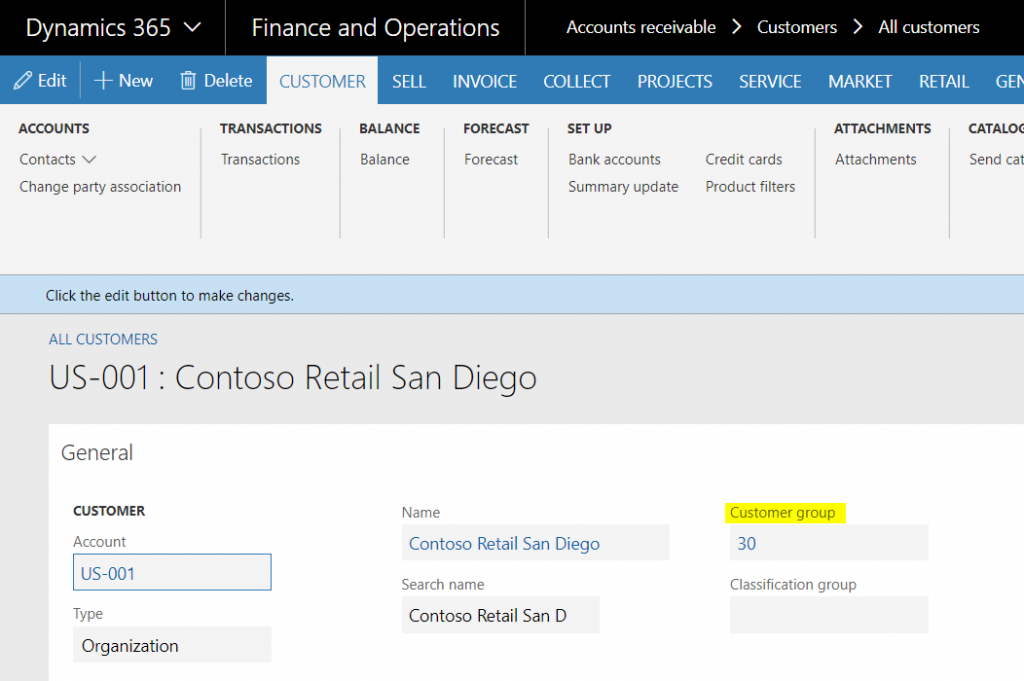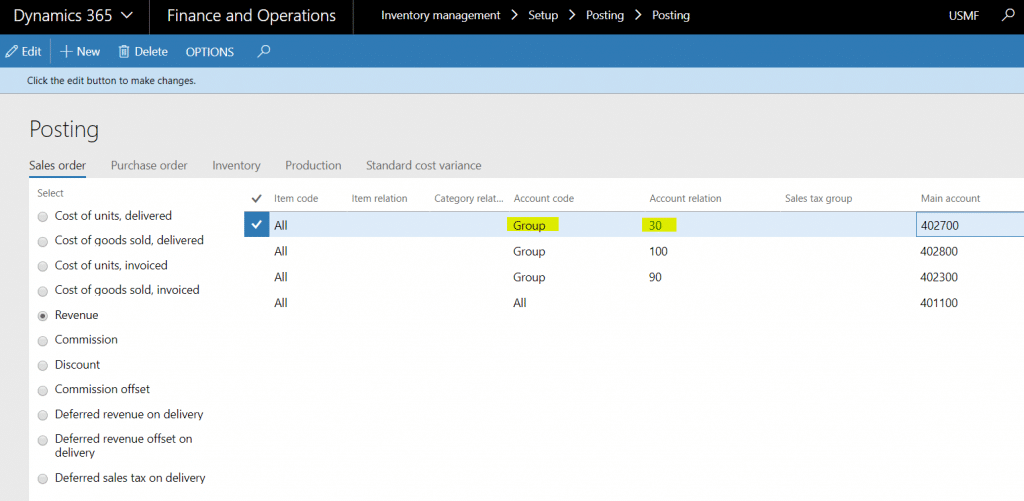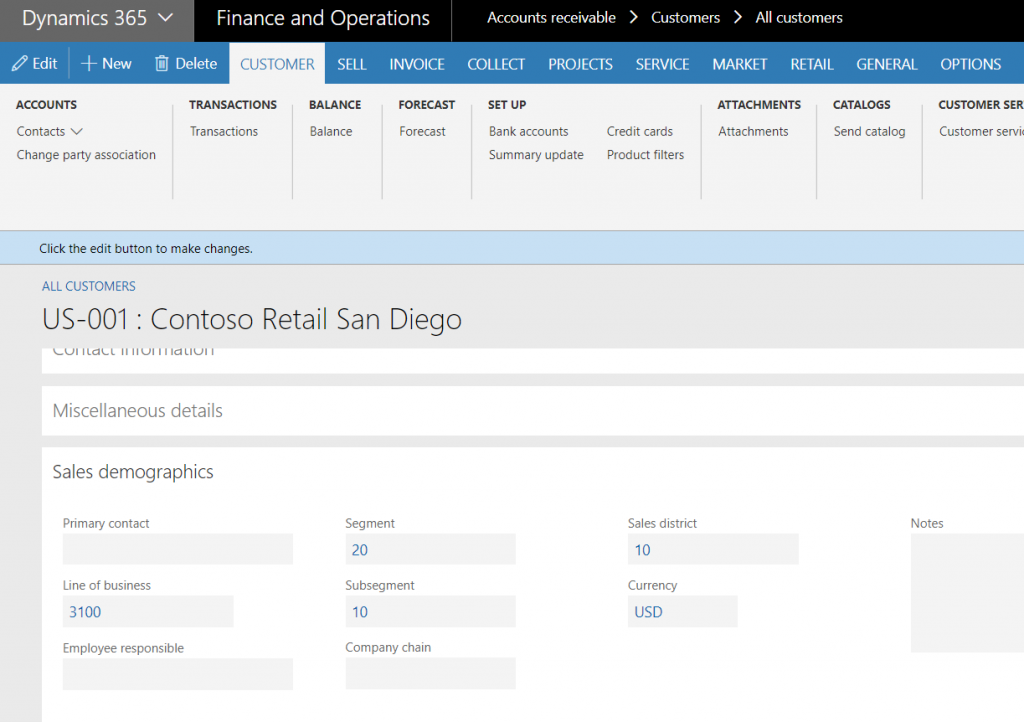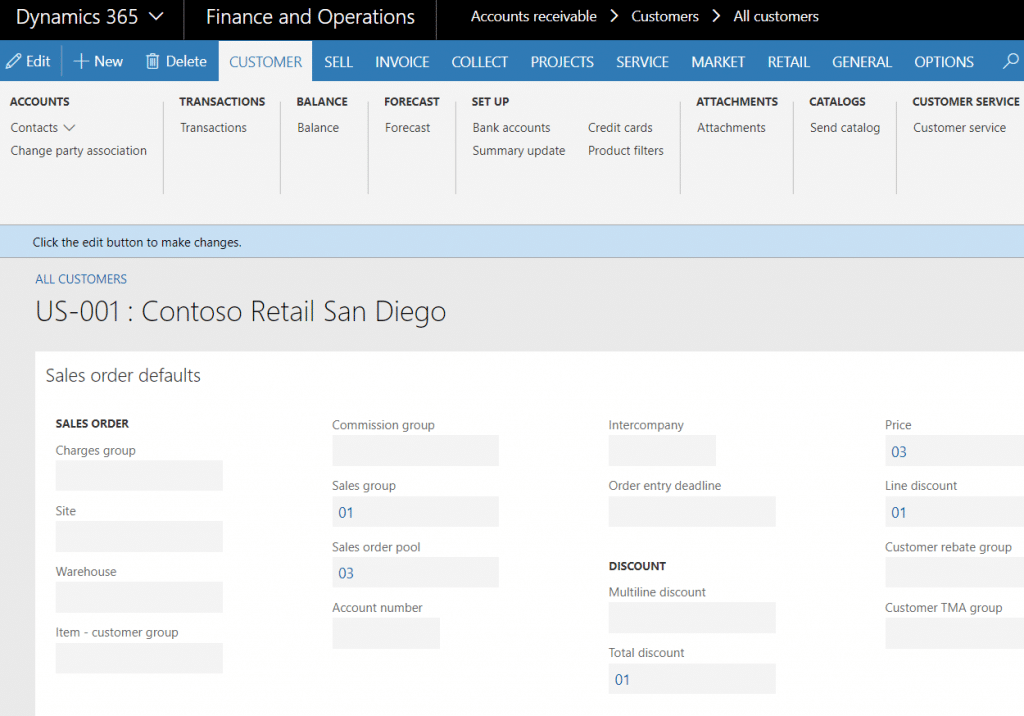All About Customer Groups in Microsoft Dynamics 365 for Finance and Operations
When beginning a new Dynamics 365 for Finance and Operations implementation, it is common to start looking at some of the basic setups for master data (customers, vendors, items, etc.). Looking at the customer master, it is quickly apparent that there are a lot of different ways to group and categorize your customers within D365. One of these groupings is the Customer Group field which is a required field when creating a new customer.
I am frequently asked, “What are common Customer Groups that companies use?” Given the fact that every company has a unique set of customers, there generally isn’t a “common” set of customer groups. However, if you understand how Customer Groups are used and what other ways there are of categorizing and grouping your customers, it becomes much easier to decide on the Customer Groups that are going to fit your company. Here is some basic information on Customer Groups, how they are used, and what other data can be used on the customer master to categorize your customers:
Customer Groups are used for categorizing your customers (generally for financial reasons). There are a few defaults that can be set on the customer group which would flow to each customer that was created within the group. These defaults are:
- Terms of Payment
- Time between invoice due date and actual payment (for forecasting cash flow)
- Write-off reason
- Sales tax group
Only a single customer group can be applied to a customer although it can be changed if necessary.
The Customer Group can also be used when defining your GL posting rules. For example, when a sales order is invoiced you can specify that the revenue is posted to a GL account based on the item group and/or the customer group.
Customer Groups can also be used as filters in AR and Sales reporting – Customer statements, Customer aging, etc.
Aside from Customer Group, there are other fields that can be used on the customer master for categorizing your customers. These include:
- Classification group (used to prioritize customers especially as it relates to fulfilling orders; it can also be used for sorting or filtering some reports)
- Line of Business (doesn’t drive any functionality)
- Segment (doesn’t drive any functionality)
- Subsegment (doesn’t drive any functionality)
- Company chain (doesn’t drive any functionality)
- Sales district (doesn’t drive any functionality)
There are also fields on the customer for defaulting information or driving functionality:
- Charges group (used to default specific charges on orders)
- Commission group (used to calculate commissions for the customer – a commissions group generally contains a group of salespeople who will be receiving the commission)
- Sales group (used to filter customers and orders that fall within a certain group)
- Sales order pool (used to filter sales orders)
- Customer rebate group (used for applying rebates for sales orders)
- Price group (used for applying pricing and/or discount agreements to a group of customers)
As you can see, there are many ways to group and categorize your customer some of which are for reporting only and some of which drive other functionality. To summarize – your customer groups should be decided based on how your customers differ from a financial reporting standpoint as there are lots of other fields that can be used for categorizing and reporting on your customers. You want to keep your list of customer groups small and high-level enough that it is very clear which customer group should be applied to each of your customers.
Under the terms of this license, you are authorized to share and redistribute the content across various mediums, subject to adherence to the specified conditions: you must provide proper attribution to Stoneridge as the original creator in a manner that does not imply their endorsement of your use, the material is to be utilized solely for non-commercial purposes, and alterations, modifications, or derivative works based on the original material are strictly prohibited.
Responsibility rests with the licensee to ensure that their use of the material does not violate any other rights.











